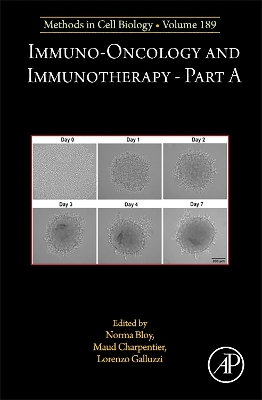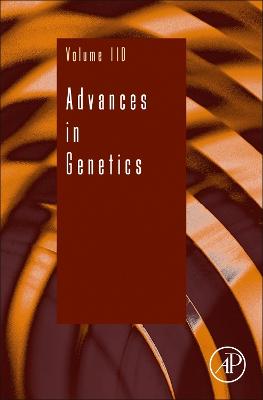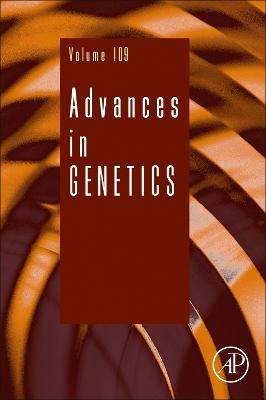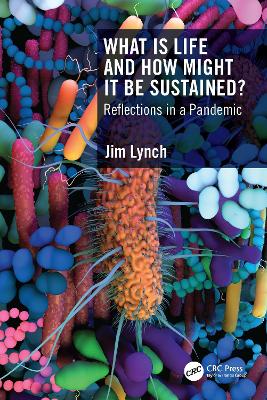Evolution of Neurosensory Cells and Systems
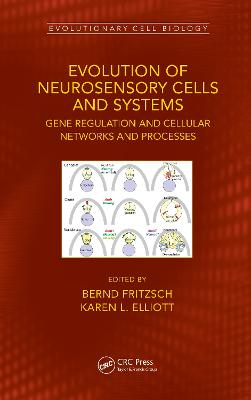 portes grátis
portes grátis
Evolution of Neurosensory Cells and Systems
Gene regulation and cellular networks and processes
Fritzsch, Bernd; Elliott, Karen
Taylor & Francis Ltd
05/2022
298
Dura
Inglês
9780367552114
15 a 20 dias
730
Descrição não disponível.
Introduction and overview; from the molecular basis of a given sense and diversified the various senses to expand and contracts in different species.
Olfactory development and evolution: from sensing to cortical information processing.
Vision and retina information processing: going from opsins to the visual cortex.
Trigeminal and related spinal projections: how to cross or not the multisensory projections.
Taste buds explained: from taste sending to taste processing in the forbrain.
Vestibular processing: from mechanosensation to the cortex underlies a broad input.
Auditory as derived 'vestibular' sensory input: keeping the same molecular transduction in a different way to hear.
Lateral line input to 'almost' all vertebrates is a common organization with different distinct connections. Electroreception: a novel hair cell derived sense of some but not all vertebrates.
Integrated perspective of common and differences across variable sensory receptors and their central and distinct forebrain inputs
Olfactory development and evolution: from sensing to cortical information processing.
Vision and retina information processing: going from opsins to the visual cortex.
Trigeminal and related spinal projections: how to cross or not the multisensory projections.
Taste buds explained: from taste sending to taste processing in the forbrain.
Vestibular processing: from mechanosensation to the cortex underlies a broad input.
Auditory as derived 'vestibular' sensory input: keeping the same molecular transduction in a different way to hear.
Lateral line input to 'almost' all vertebrates is a common organization with different distinct connections. Electroreception: a novel hair cell derived sense of some but not all vertebrates.
Integrated perspective of common and differences across variable sensory receptors and their central and distinct forebrain inputs
Este título pertence ao(s) assunto(s) indicados(s). Para ver outros títulos clique no assunto desejado.
electroreception;lateral line;auditory;vestibular;taste;trigeminal senses;vision;olfaction;Molecular Cues;Evolution of Sensory Organs;Sensory Modalities;Anatomy and Function of Sensory Organs;Sensory Maps for Vertebrates;BK Channel;Hair Cells;Olfactory Sensory Neurons;OSN;bHLH Genes;Planar Cell Polarity Genes;Spinal Cord;Taste Buds;Lateral Line Nerve;Merkel Cell Neurite Complex;Vestibular Neurons;Posterior Lateral Line;Mechano Electrical Transduction;Otic Placode;Taste Bud Cells;OB Interneuron;Cochlear Nucleus;Spiral Ganglion Neurons;AO;Semicircular Canal;Otolith Organs;Vestibular Hair Cells;TSl;Vestibular Nuclei
Introduction and overview; from the molecular basis of a given sense and diversified the various senses to expand and contracts in different species.
Olfactory development and evolution: from sensing to cortical information processing.
Vision and retina information processing: going from opsins to the visual cortex.
Trigeminal and related spinal projections: how to cross or not the multisensory projections.
Taste buds explained: from taste sending to taste processing in the forbrain.
Vestibular processing: from mechanosensation to the cortex underlies a broad input.
Auditory as derived 'vestibular' sensory input: keeping the same molecular transduction in a different way to hear.
Lateral line input to 'almost' all vertebrates is a common organization with different distinct connections. Electroreception: a novel hair cell derived sense of some but not all vertebrates.
Integrated perspective of common and differences across variable sensory receptors and their central and distinct forebrain inputs
Olfactory development and evolution: from sensing to cortical information processing.
Vision and retina information processing: going from opsins to the visual cortex.
Trigeminal and related spinal projections: how to cross or not the multisensory projections.
Taste buds explained: from taste sending to taste processing in the forbrain.
Vestibular processing: from mechanosensation to the cortex underlies a broad input.
Auditory as derived 'vestibular' sensory input: keeping the same molecular transduction in a different way to hear.
Lateral line input to 'almost' all vertebrates is a common organization with different distinct connections. Electroreception: a novel hair cell derived sense of some but not all vertebrates.
Integrated perspective of common and differences across variable sensory receptors and their central and distinct forebrain inputs
Este título pertence ao(s) assunto(s) indicados(s). Para ver outros títulos clique no assunto desejado.
electroreception;lateral line;auditory;vestibular;taste;trigeminal senses;vision;olfaction;Molecular Cues;Evolution of Sensory Organs;Sensory Modalities;Anatomy and Function of Sensory Organs;Sensory Maps for Vertebrates;BK Channel;Hair Cells;Olfactory Sensory Neurons;OSN;bHLH Genes;Planar Cell Polarity Genes;Spinal Cord;Taste Buds;Lateral Line Nerve;Merkel Cell Neurite Complex;Vestibular Neurons;Posterior Lateral Line;Mechano Electrical Transduction;Otic Placode;Taste Bud Cells;OB Interneuron;Cochlear Nucleus;Spiral Ganglion Neurons;AO;Semicircular Canal;Otolith Organs;Vestibular Hair Cells;TSl;Vestibular Nuclei

